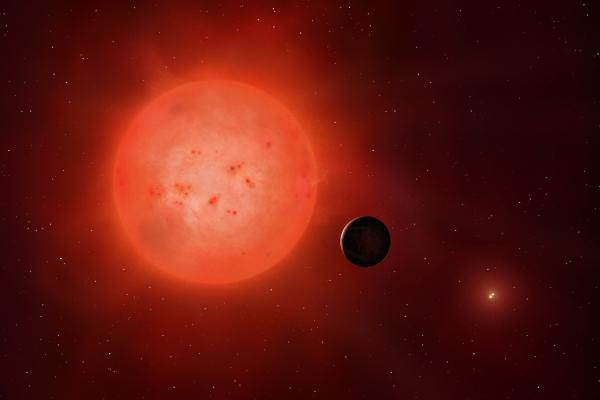
Title: The End of the World(s): New Developments in the Search for the Planetary Mass Upper Limit
Speaker: Steven Giacalone (Caltech)
Abstract:
The boundary between planets and brown dwarfs has historically been drawn at the deuterium-burning limit. However, it has recently been argued that objects should instead be designated planets based on their formation mechanisms: planets form bottom-up, whereas brown dwarfs and stars form top-down. There are a number of signatures that can be leveraged to distinguish these mechanisms, ranging from the atmospheric compositions of planets and stars to the dynamics of their orbits. In this talk, I will outline the current state of understanding of these signatures and present results from new investigations aimed at disentangling them. In particular, I will showcase a new Bayesian technique for distinguishing planets from brown dwarfs using host star metallicities. In addition, I will present new results from the OATMEAL survey — an observational survey that is measuring the obliquities of stars with transiting brown dwarfs — and argue that stellar obliquities play an important role for our understanding of the origins of these objects.
